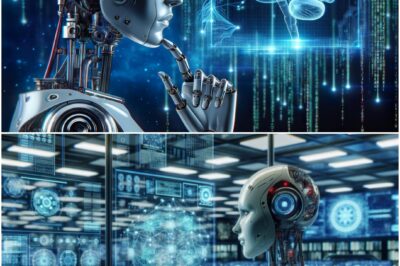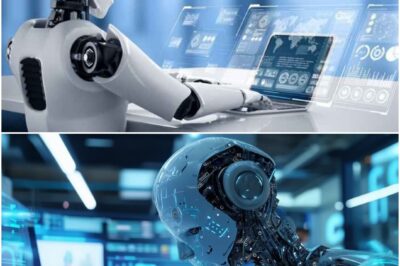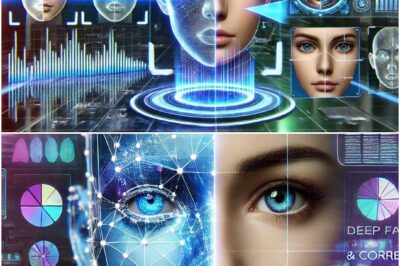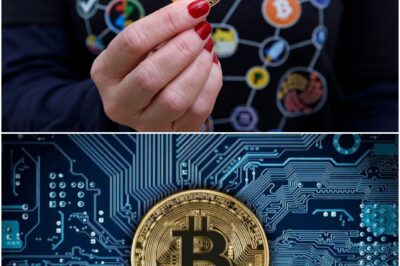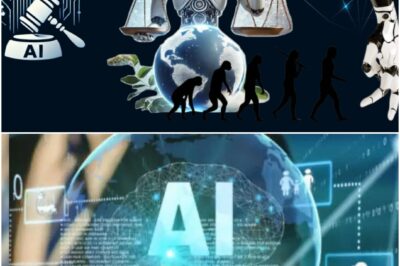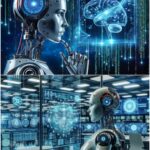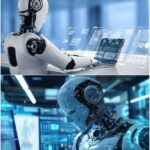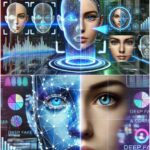For decades, artificial intelligence was a fantasy reserved for sci-fi novels — a whisper of machine sentience haunting the edges of human imagination. Then, suddenly, AI began writing songs, painting portraits, and designing buildings. Creativity, once considered our sacred monopoly, now had competition.
Today’s AI renaissance isn’t about replacing humans — it’s about expanding what’s possible. Generative models like GPT-5 and diffusion engines have blurred the lines between inspiration and imitation. They don’t “think” in the human sense; they remix patterns from vast oceans of data, drawing unpredictable beauty from statistical probability.
Critics warn that this digital artistry could flatten originality, turning culture into an algorithmic echo chamber. But that fear underestimates humanity’s stubborn flair for reinvention. AI isn’t stealing creativity; it’s amplifying it. A filmmaker uses AI to storyboard a scene in minutes instead of days. A poet feeds the model fragments of dreams and gets back something hauntingly new. A scientist trains an AI to visualize molecules — and finds new cures faster.
The danger isn’t in the technology itself; it’s in who controls it. When creativity becomes a product of data monopolies, imagination risks being fenced off behind corporate walls. The solution? Open access, transparency, and collaborative AI that serves as a co-creator, not a competitor. The renaissance is already here — and it’s writing itself in code.
News
The Ghost in the Machine: When Artificial Intelligence Starts Asking Who It Is
There’s a strange hum in the background of modern civilization. It’s the sound of millions of processors thinking — not…
Robotics Gets Emotional: The Quest to Build Machines That Feel
Robots can walk, talk, and even dance — but can they care?The next frontier of robotics isn’t physical dexterity; it’s…
The Age of Synthetic Life: Programming Biology Like Code
For billions of years, evolution shaped life through randomness. Now, humans are editing nature with precision. Synthetic biology is the…
Deepfake Nation: When Reality Itself Becomes Editable
In 2025, truth no longer needs to be destroyed — it just needs to be remixed.Deepfakes have evolved far beyond…
The Blockchain Beyond Crypto: The Quiet Revolution You Missed
Crypto made headlines — but blockchain’s real revolution was never the coins. It’s the infrastructure beneath them. Think of blockchain…
The AI Arms Race in Education: Learning Without Teachers?
In classrooms from California to Seoul, students are learning from something that isn’t human. AI tutors are grading essays, generating…
End of content
No more pages to load

